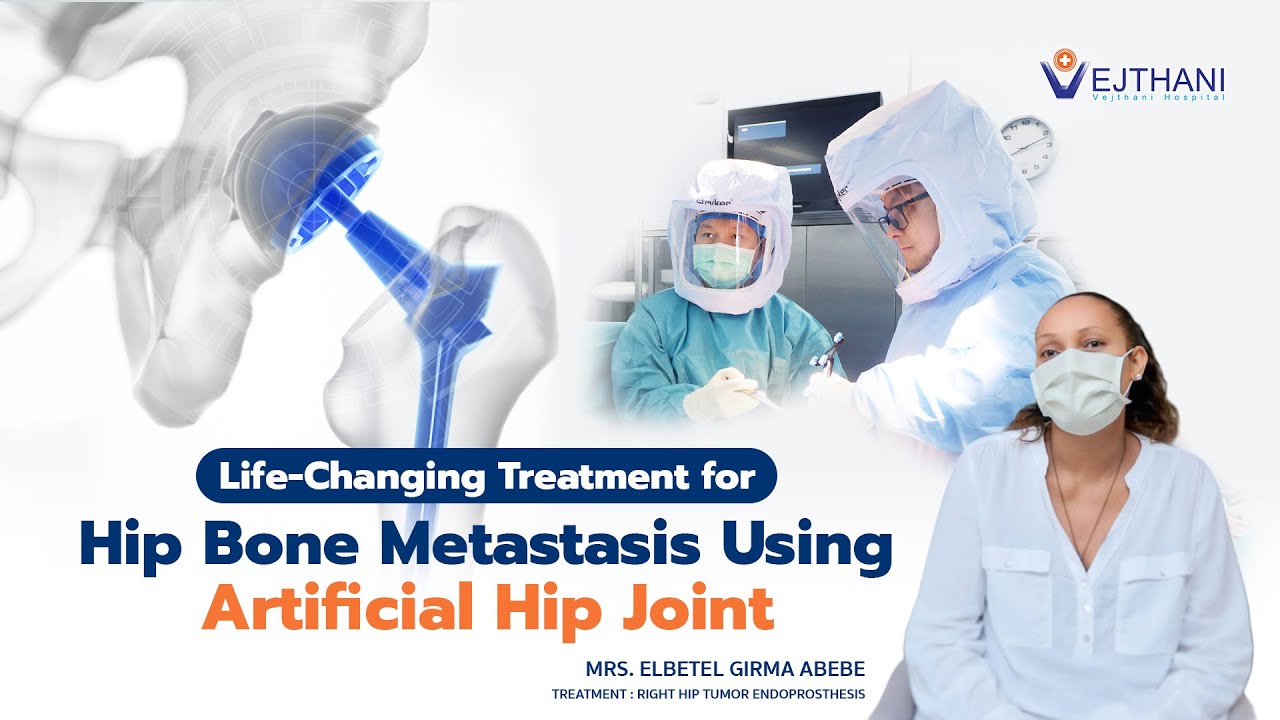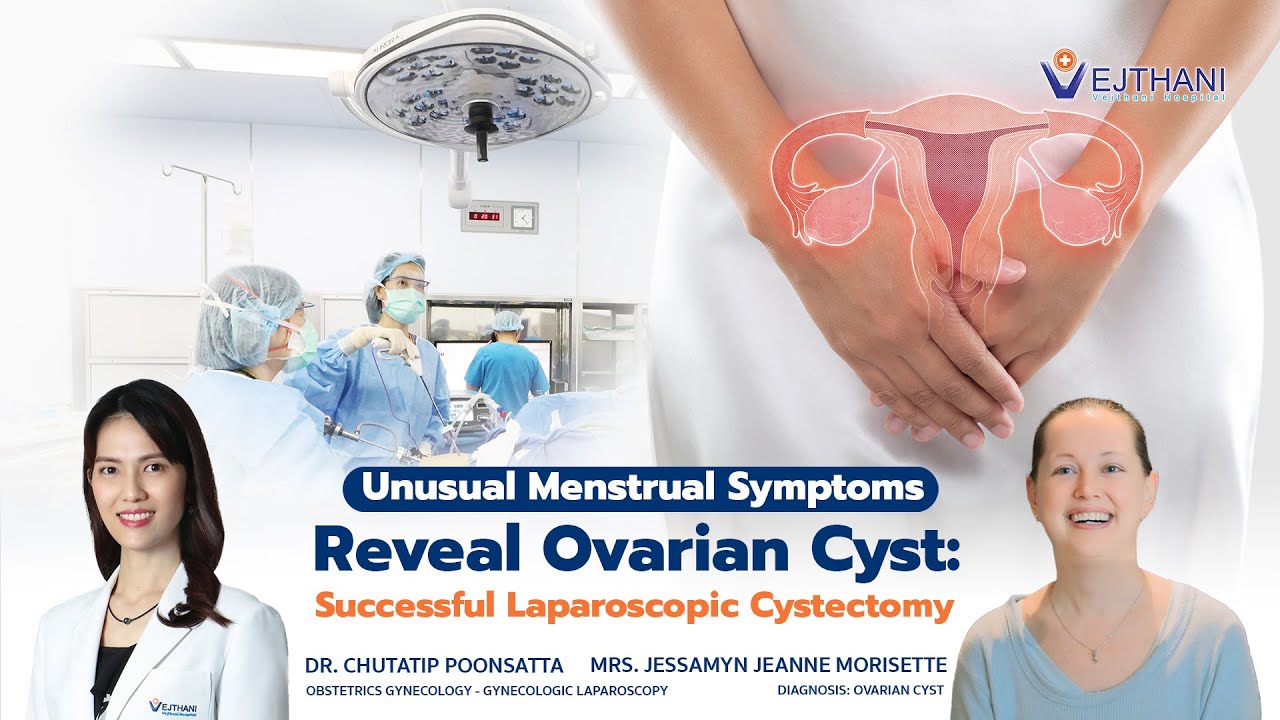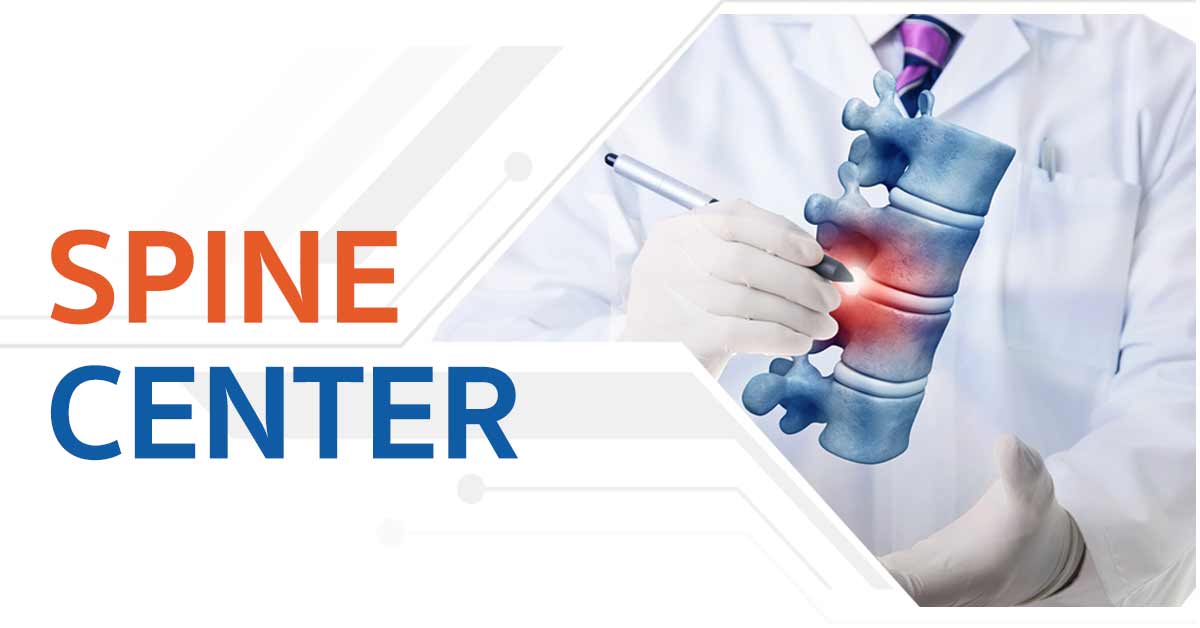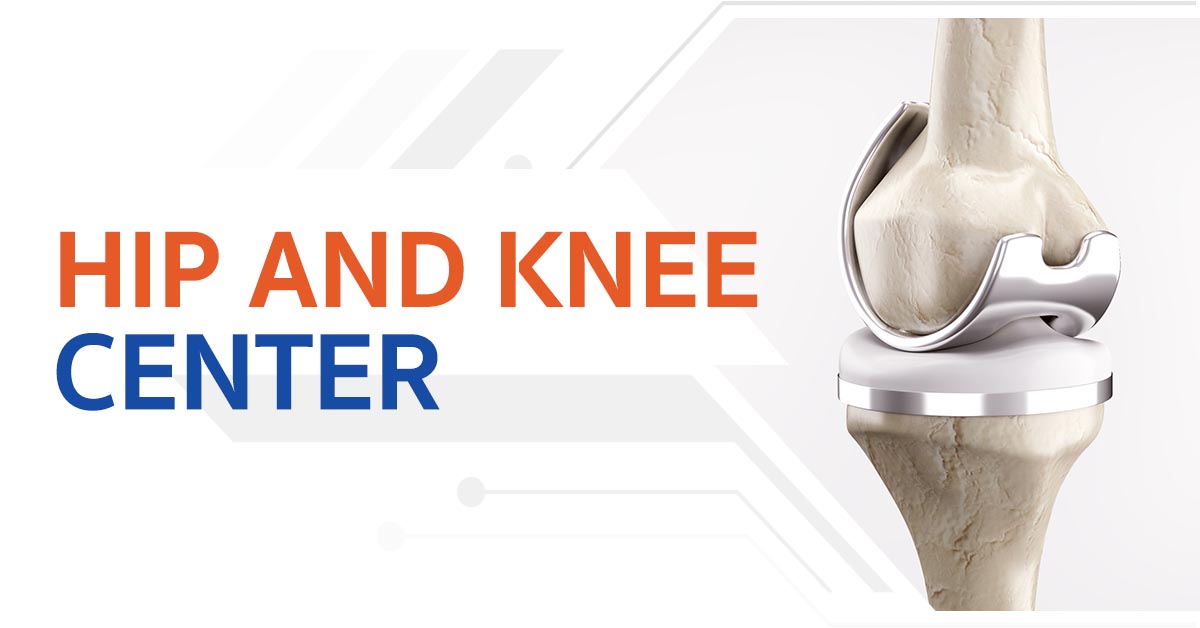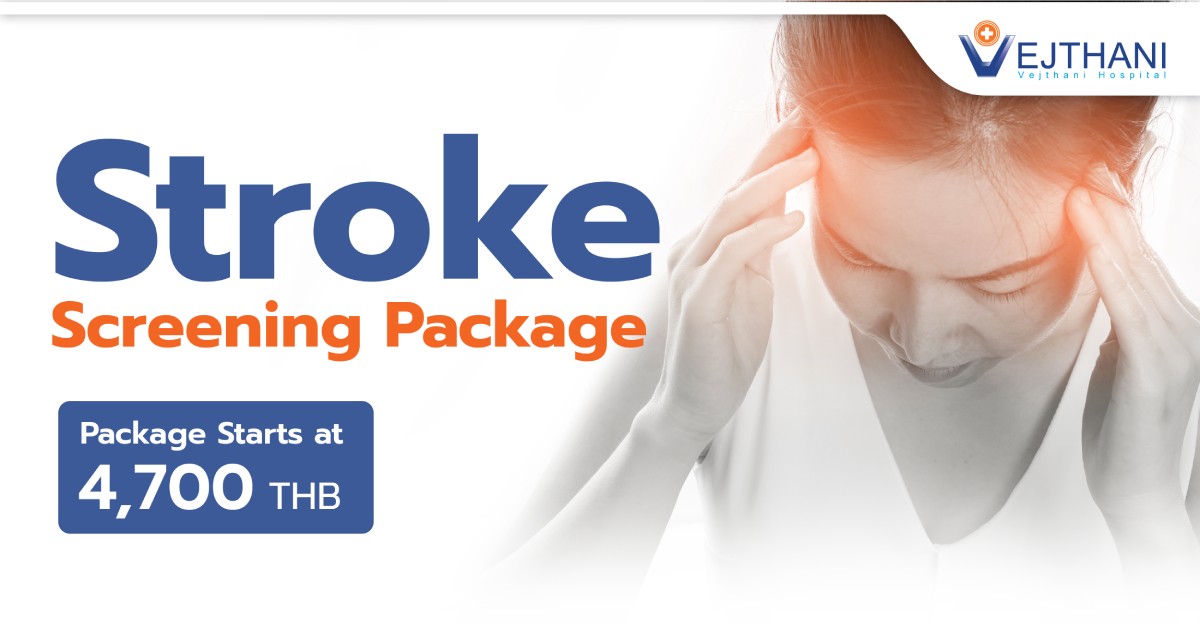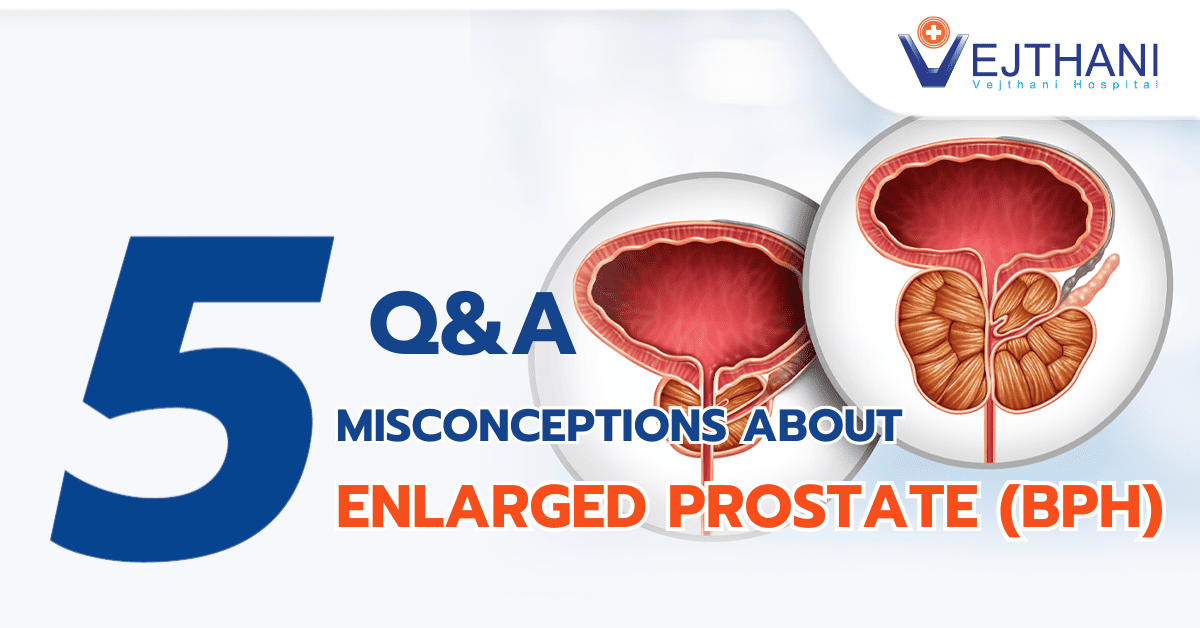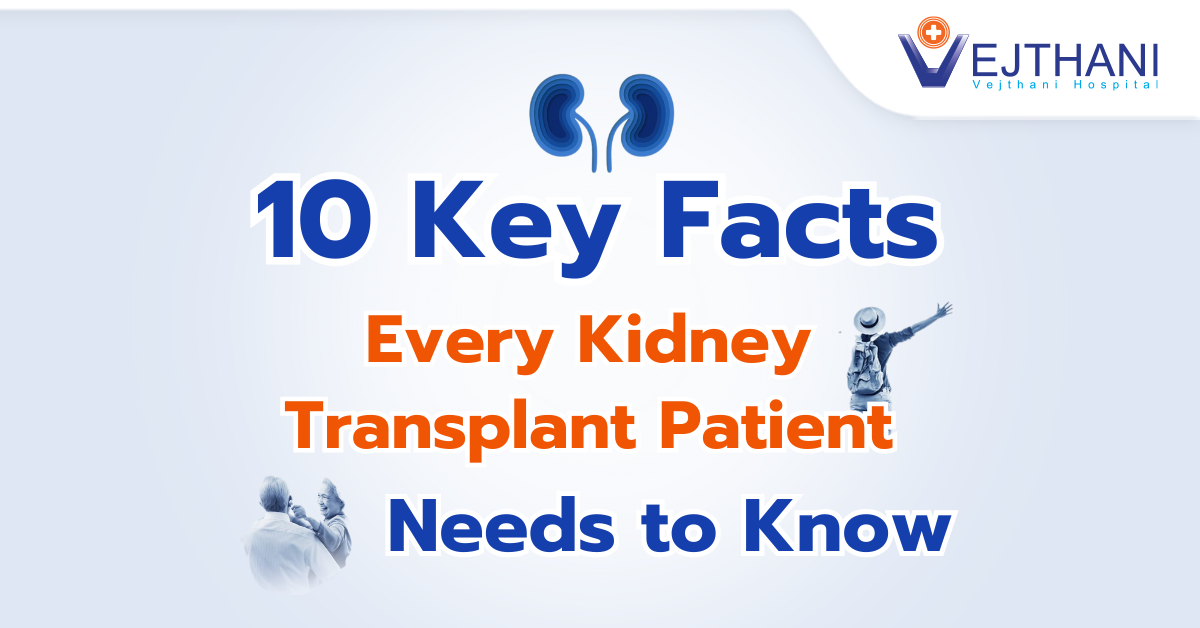
Tonsillitis
Diagnosis
The physical examination that your child’s doctor performs will begin with:
- Examining your child’s throat with a lit instrument, as well as possibly his or her ears and nose, as these areas could also be infected.
- Using a stethoscope to listen to your child’s breathing
- Gently feeling (palpating) his or her neck for enlarged glands (lymph nodes).
- Keeping an eye out for a rash called scarlatina, which is linked to some strep throat instances.
- Examining the spleen for enlargement (to rule out mononucleosis, which likewise inflames the tonsils).
Throat swab: In this simple test, the doctor uses a sterile swab to collect a sample of secretions from the back of your child’s throat. The sample is then checked for streptococcal bacteria either in the clinic or a lab.
Many clinics have labs that can provide test results within a few minutes. However, a second, more reliable test is typically sent to an external lab, which can return results within several hours to a couple of days. If the rapid in-clinic test is positive, it indicates a bacterial infection. If it is negative, a viral infection is more likely. However, your doctor will wait for the more reliable external lab test to determine the exact cause of the infection.
Complete Blood Count (CBC): Your doctor may request a complete blood count (CBC) by using a small sample of your child’s blood. This test, often done in a clinic, measures the different types of blood cells. The resulting profile—showing which cells are elevated, normal, or below normal—can help determine whether the infection is more likely caused by bacteria or a virus. Although a CBC is not usually required to diagnose strep throat, it may be needed to help determine the cause of tonsillitis if the strep throat test is negative.
Treatment
At Home Care
For at-home care, whether tonsillitis stems from a viral or bacterial infection, employing strategies can enhance your child’s comfort and facilitate a speedier recovery. If a virus is suspected, antibiotics won’t be prescribed, and recovery typically occurs within seven to 10 days.
Here are the at-home care strategies to implement during the recovery period:
- Encourage rest: Ensure your child gets plenty of sleep.
- Provide adequate fluids: Keep your child hydrated with plenty of water to soothe the throat and prevent dehydration.
- Offer comforting foods and beverages: Warm liquids like broth or caffeine-free tea, along with cold treats such as ice pops, can alleviate throat discomfort.
- Prepare a saltwater gargle: If your child can gargle, a solution of 1/2 teaspoon of table salt in 8 ounces of warm water can help soothe the throat.
- Humidify the air: Use a cool-air humidifier to moisten dry air that may aggravate the throat, or spend time with your child in a steamy bathroom.
- Provide lozenges: Children over 4 years old can suck on lozenges to ease throat discomfort.
- Avoid irritants: Keep your home free from cigarette smoke and harsh cleaning products that can irritate the throat.
- Manage pain and fever: Consult your doctor about using ibuprofen or acetaminophen to alleviate throat pain and control fever. Low fevers without accompanying pain typically don’t require treatment.
Children and teenagers should not take aspirin unless prescribed by a doctor for a specific condition. Administering aspirin to children to alleviate symptoms of colds or flu-like illnesses has been associated with Reye’s syndrome, a rare yet potentially life-threatening condition.
Antibiotics
If tonsillitis is caused by a bacterial infection, your doctor will prescribe a course of antibiotics. The most common treatment for tonsillitis caused by group A streptococcus is penicillin, taken orally for 10 days. If your child is allergic to penicillin, your doctor will prescribe an alternative antibiotic. It is essential for your child to complete the full course of antibiotics, even if symptoms completely disappear. Not finishing the medication as directed can lead to the infection worsening or spreading to other parts of the body. In particular, not completing the full course of antibiotics increases the risk of rheumatic fever and serious kidney inflammation. If you forget to give your child a dose, consult your doctor or pharmacist for advice on what to do.
Surgery
Surgically removing the tonsils (tonsillectomy) may be considered for treating frequently recurring tonsillitis, chronic tonsillitis, or bacterial tonsillitis that does not respond to antibiotic treatment. Frequent tonsillitis is generally defined as:
- Two years of at least five episodes per year
- Three years of at least three episodes per year
- Seven or more episodes in the year before
A tonsillectomy may also be undertaken if complications arising from tonsillitis become challenging to manage, such as:
- Breathing problems
- Obstructive sleep apnea
- An abscess that does not heal with antibiotic treatment
- Difficulty swallowing, particularly with meats and other chunky foods
Unless your child is very young, has a complicated medical condition, or if complications emerge following surgery, a tonsillectomy is typically performed as an outpatient treatment. This implies that the day of the procedure, your child ought to be able to return home. Typically, a full recuperation takes seven to fourteen days.
Contact Information
service@vejthani.com
